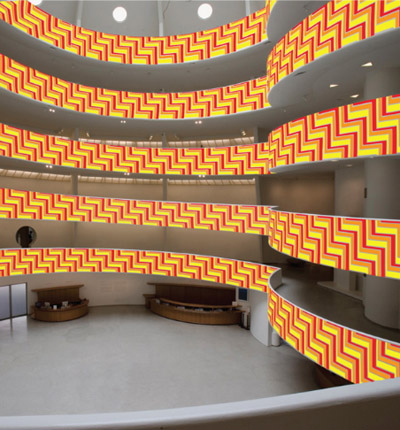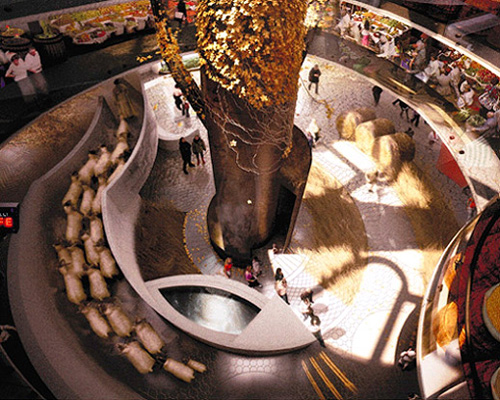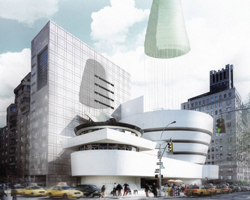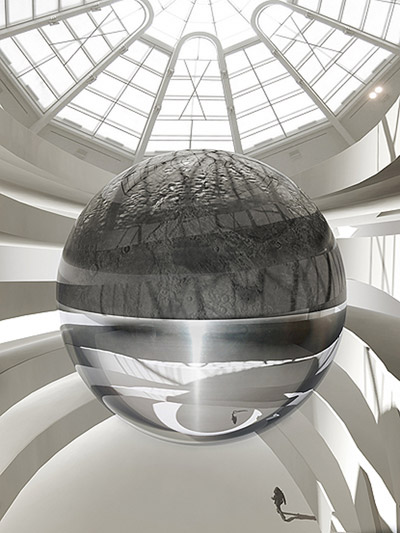KEEP UP WITH OUR DAILY AND WEEKLY NEWSLETTERS
PRODUCT LIBRARY
the minimalist gallery space gently curves at all corners and expands over three floors.
kengo kuma's qatar pavilion draws inspiration from qatari dhow boat construction and japan's heritage of wood joinery.
connections: +730
the home is designed as a single, monolithic volume folded into two halves, its distinct facades framing scenic lake views.
the winning proposal, revitalizing the structure in line with its founding principles, was unveiled during a press conference today, june 20th.
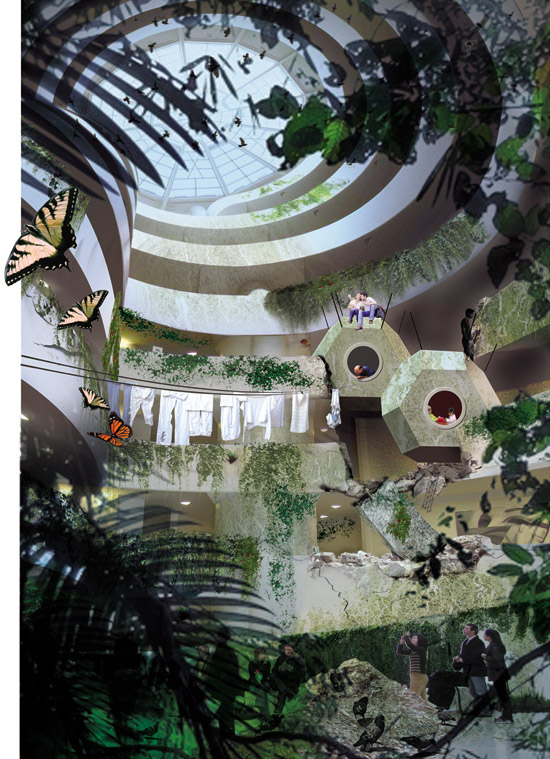
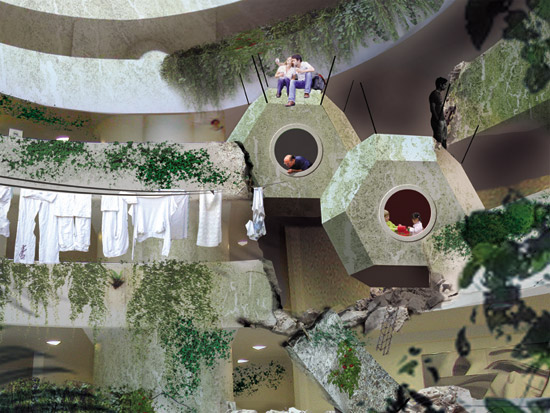 N55 untitled, 2009 (detail) ink jet print 96.4 x 71.cm artwork © N55
N55 untitled, 2009 (detail) ink jet print 96.4 x 71.cm artwork © N55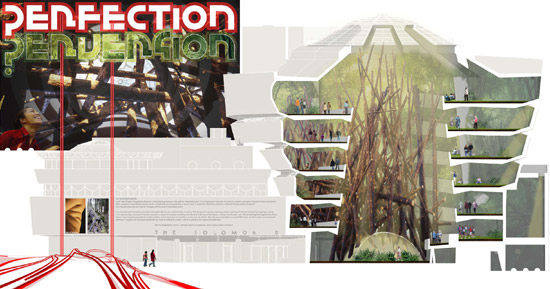 west 8 perfection_perversion, 2009 digital print 39.9 x 71.1 cm artwork © west 8
west 8 perfection_perversion, 2009 digital print 39.9 x 71.1 cm artwork © west 8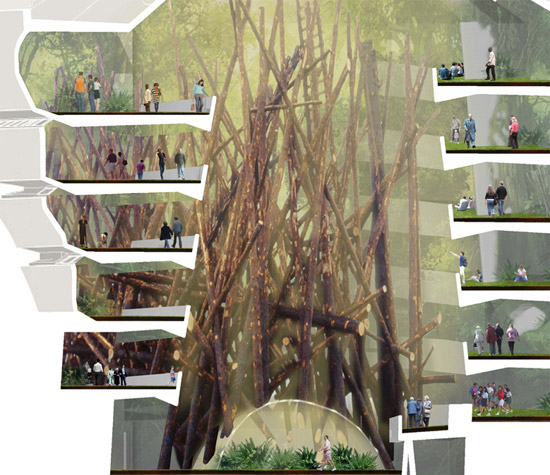 west 8 perfection_perversion, 2009 (detail) digital print 39.9 x 71.1 cm artwork © west 8
west 8 perfection_perversion, 2009 (detail) digital print 39.9 x 71.1 cm artwork © west 8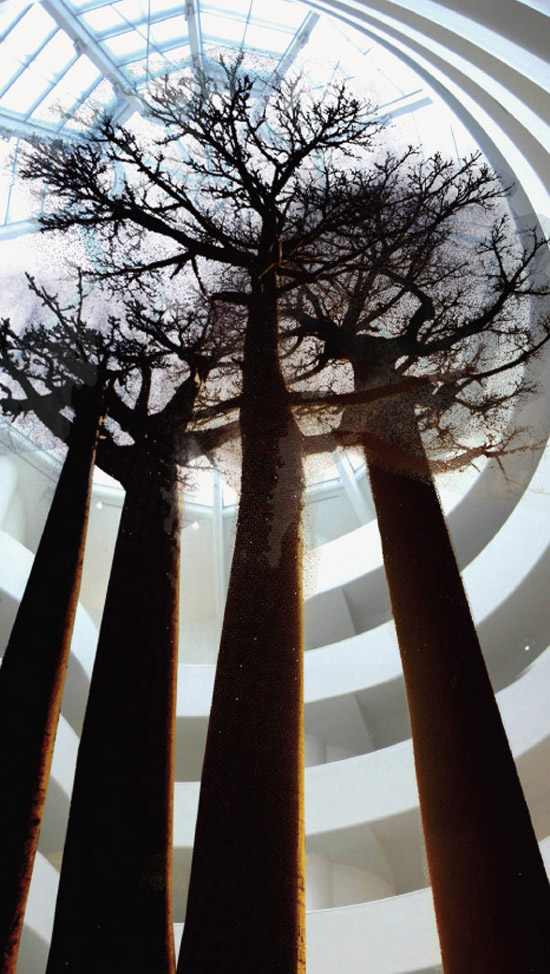 sou fujimoto architects 10, 000 years later, 2009 digital print 72.4 x 51.4 cm artwork © sou fujimoto architects
sou fujimoto architects 10, 000 years later, 2009 digital print 72.4 x 51.4 cm artwork © sou fujimoto architects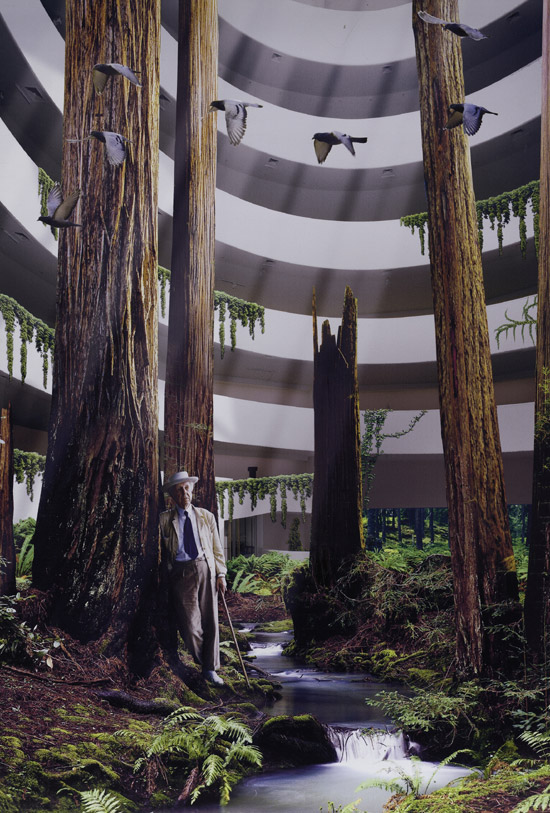
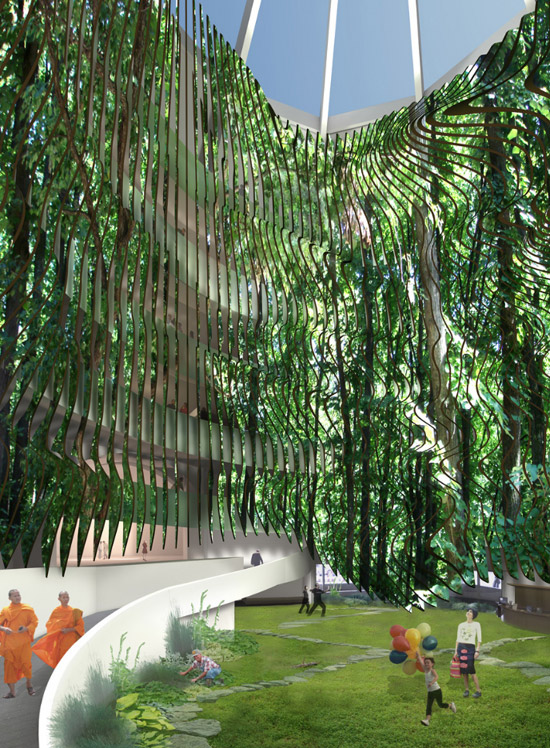 hariri & hariri architecture, new york outside-inside, 2009 digital print, edition of 5 96.7 x 68.6 cm artwork © hariri & hariri architecture
hariri & hariri architecture, new york outside-inside, 2009 digital print, edition of 5 96.7 x 68.6 cm artwork © hariri & hariri architecture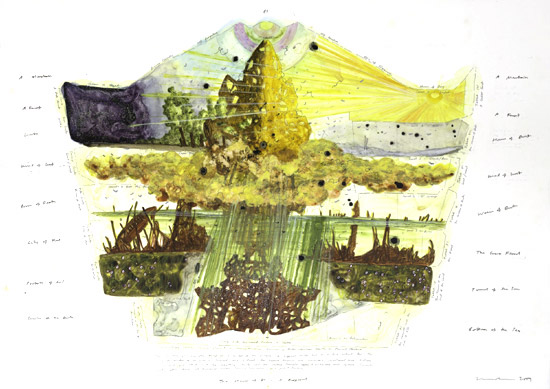 matthew ritchie the house of GI-A proposal, 2009 ink on vellum paper 72.1 x 100.3 cm artwork © matthew ritchie
matthew ritchie the house of GI-A proposal, 2009 ink on vellum paper 72.1 x 100.3 cm artwork © matthew ritchie